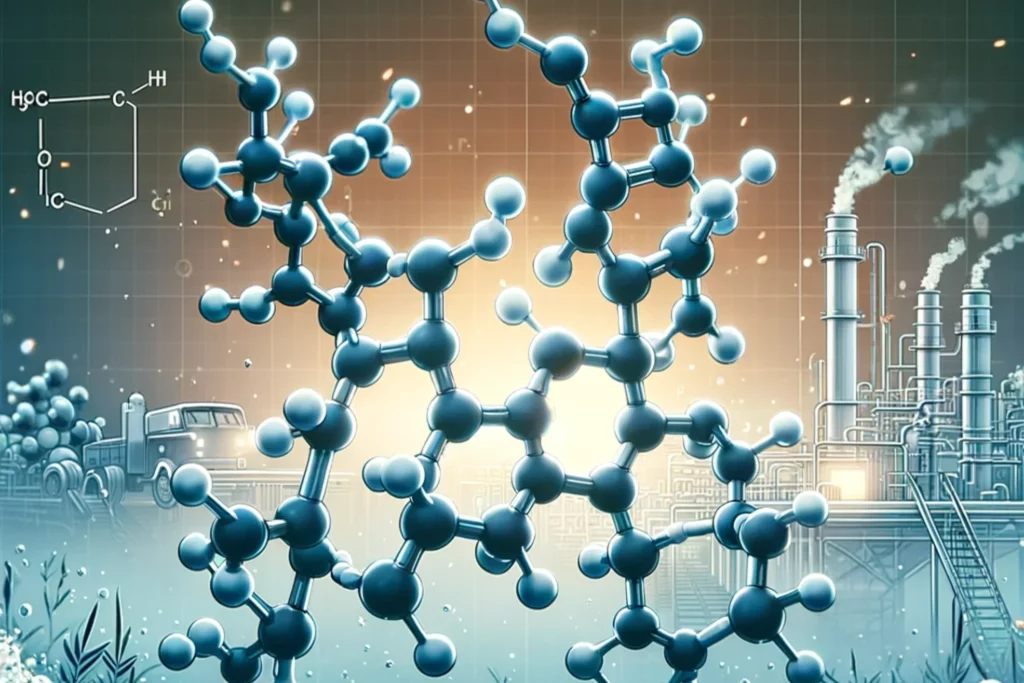The landscape of litigation surrounding perfluoroalkyl and polyfluoroalkyl substances, commonly known as PFAS, has begun to shape the futures of many corporations. As legal battles escalate, the potential bankruptcy risks faced by these companies cannot be ignored.
5 Key Points:
- PFAS litigation has the potential to drive many companies into bankruptcy.
- “Forever chemicals” are found in thousands of everyday products and have been linked to various health issues.
- The financial burden of PFAS litigation is substantial, with costs potentially reaching the millions for individual companies.
- Bankruptcy can have negative consequences for both the company and the plaintiffs seeking legal recoveries.
- The future of PFAS litigation is uncertain, with the potential for new regulations and an increasing number of lawsuits.
PFAS, also known as “forever chemicals,” are a group of human-made chemicals used in a variety of products, including fire-fighting foams, water-resistant clothing, cosmetics, carpets, and food packaging. The adverse health effects linked to these substances have led to a surge in lawsuits, with companies being held accountable for their contributions to PFAS pollution.
The litigation surrounding PFAS is still in its infancy, but significant developments have already taken place. 3M Co. recently entered into a multibillion-dollar settlement following a slew of lawsuits over their production of PFAS-laden products. Similarly, fire detection and suppression company Kidde-Fenwal Inc. filed for Chapter 11 bankruptcy, citing over 4,400 lawsuits as the primary reason.
The scale of PFAS contamination is immense, with these chemicals found in thousands of everyday products. As public awareness grows and new federal and state regulations are implemented, the number of lawsuits is expected to multiply exponentially. Lawyers and judges alike foresee a wave of corporate defendants seeking bankruptcy protection in the wake of these legal battles.
The financial burden placed on companies involved in PFAS litigation is substantial. Kidde-Fenwal alone incurred over $6 million in litigation costs in 2023, and many more companies are expected to face similar, if not greater, financial strain as lawsuits continue to pile up.
Bankruptcy is not an ideal solution for either party involved in these legal disputes. For companies, bankruptcy can mean the end of their operations. For plaintiffs, bankruptcy can jeopardize their chances of receiving legal recoveries. This complex dynamic requires careful navigation to ensure that justice is served without causing undue harm to the parties involved.
The landscape of PFAS litigation is expected to evolve rapidly in the coming months and years. With the potential for new regulations, the scale of lawsuits, and the financial burdens faced by companies, bankruptcy could become a more common outcome. The legal community must be prepared to adapt to these changes and continue advocating for the rights of injured parties.
In conclusion, the potential for a wave of corporate bankruptcies resulting from PFAS liabilities is a complex and evolving issue. It requires careful consideration and strategic navigation by all involved parties, including lawyers, judges, and lawmakers. As we continue to grapple with the far-reaching consequences of PFAS contamination, the legal community must remain vigilant in advocating for the rights of injured parties and ensuring that justice is served.



